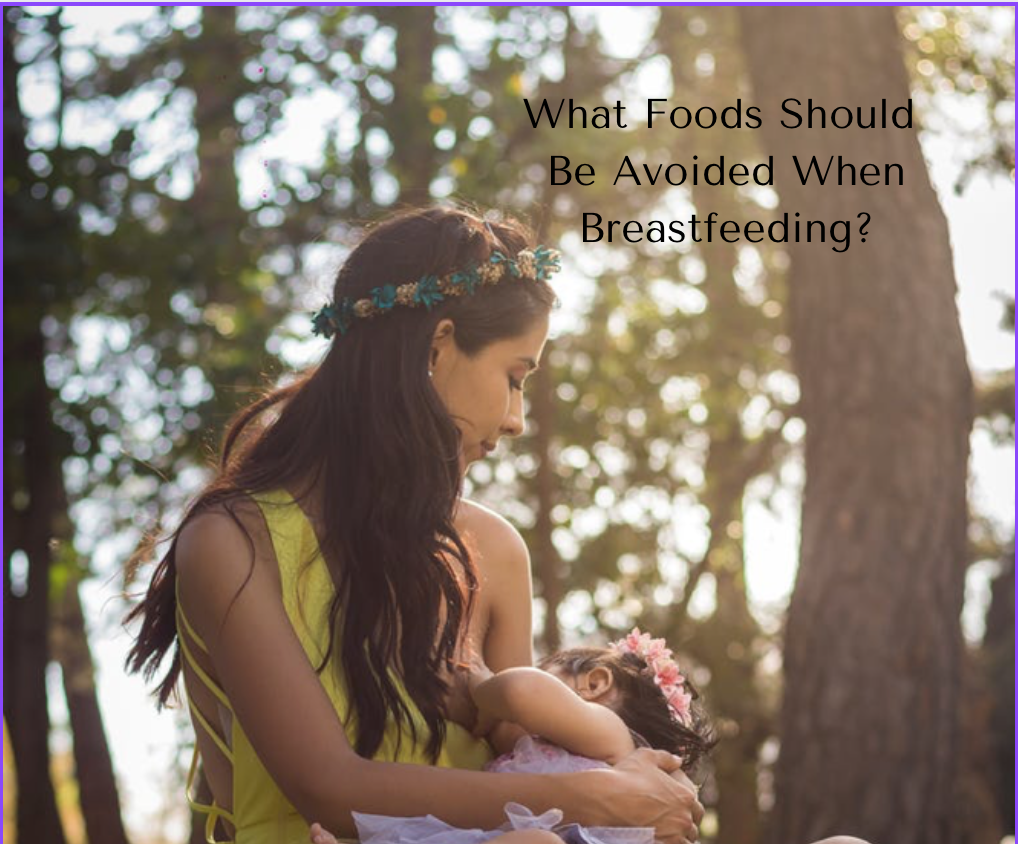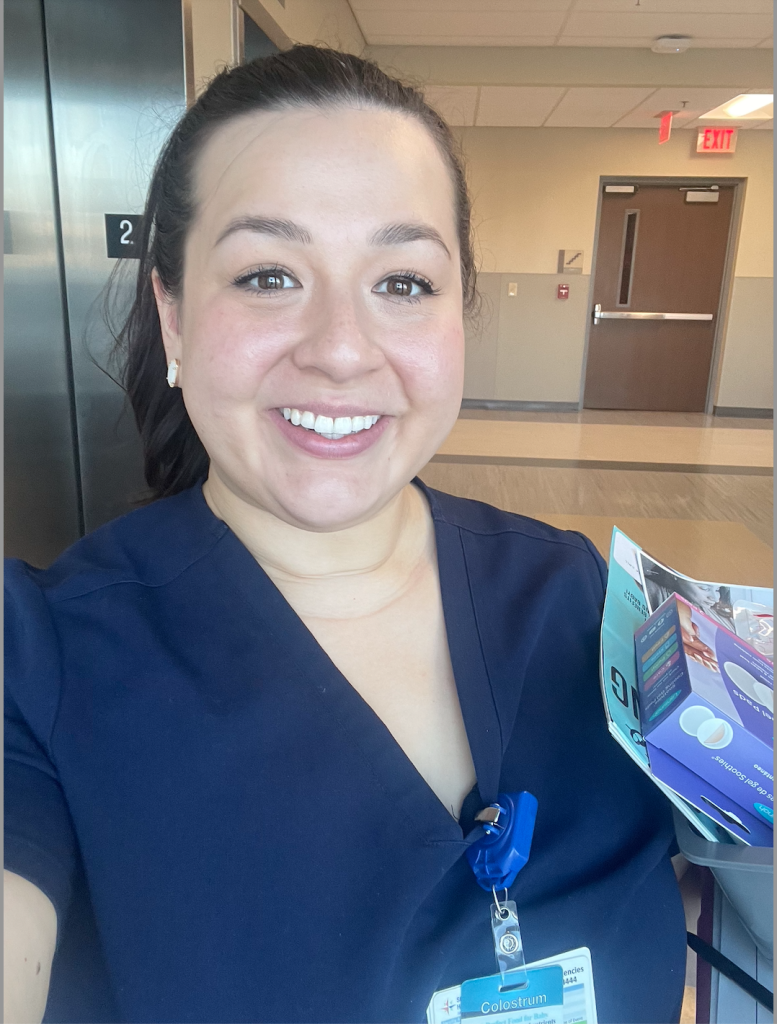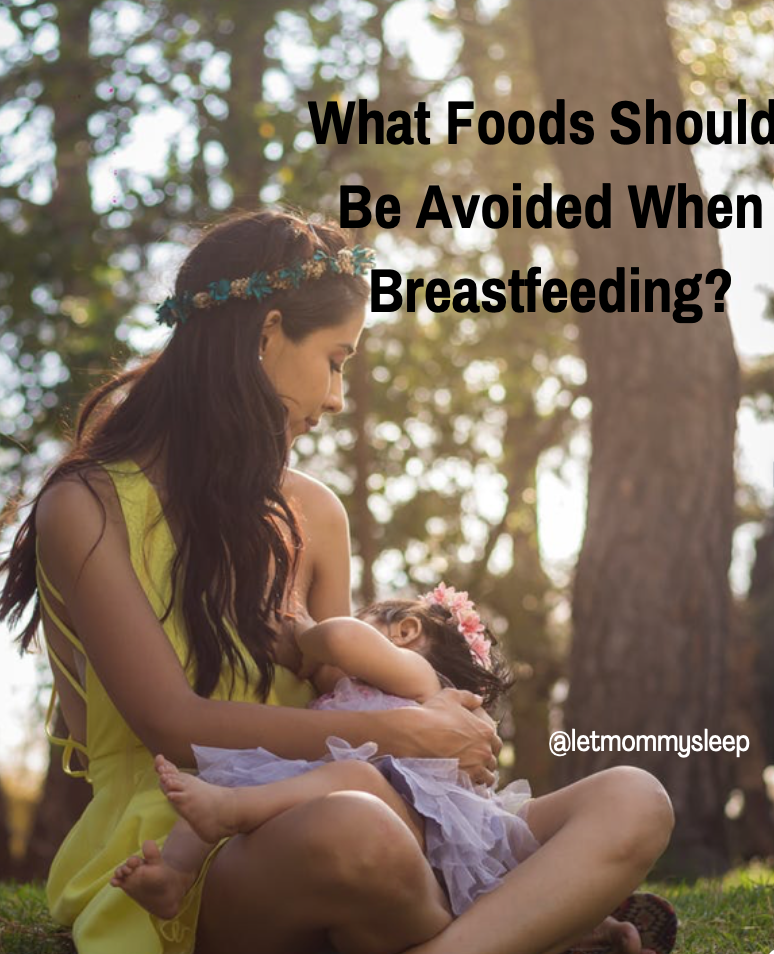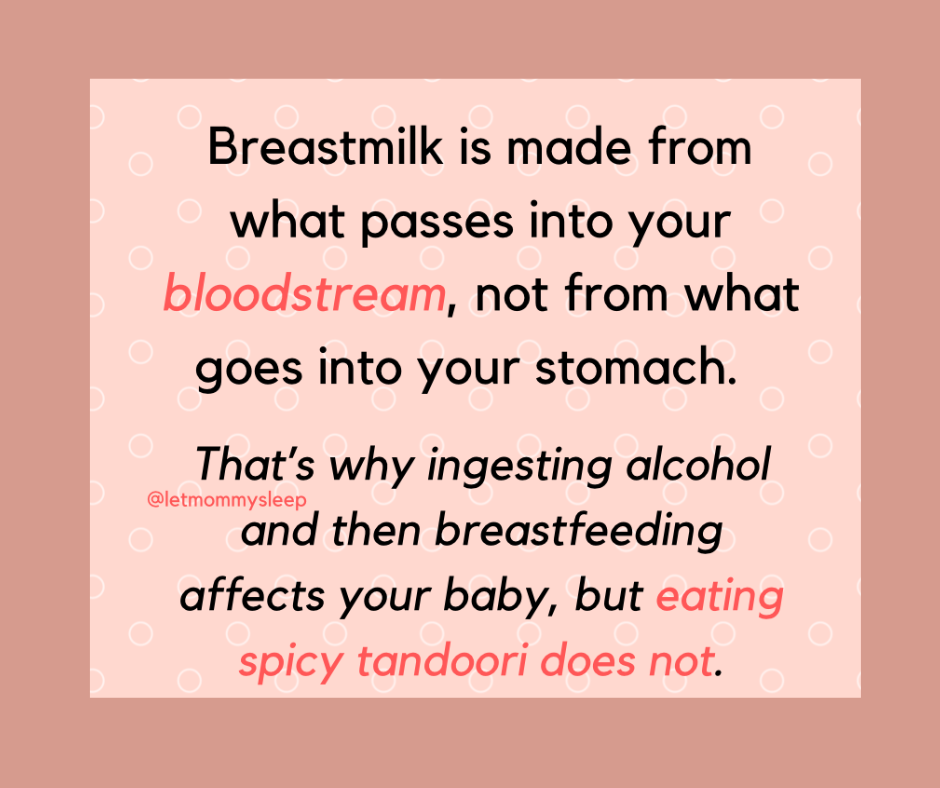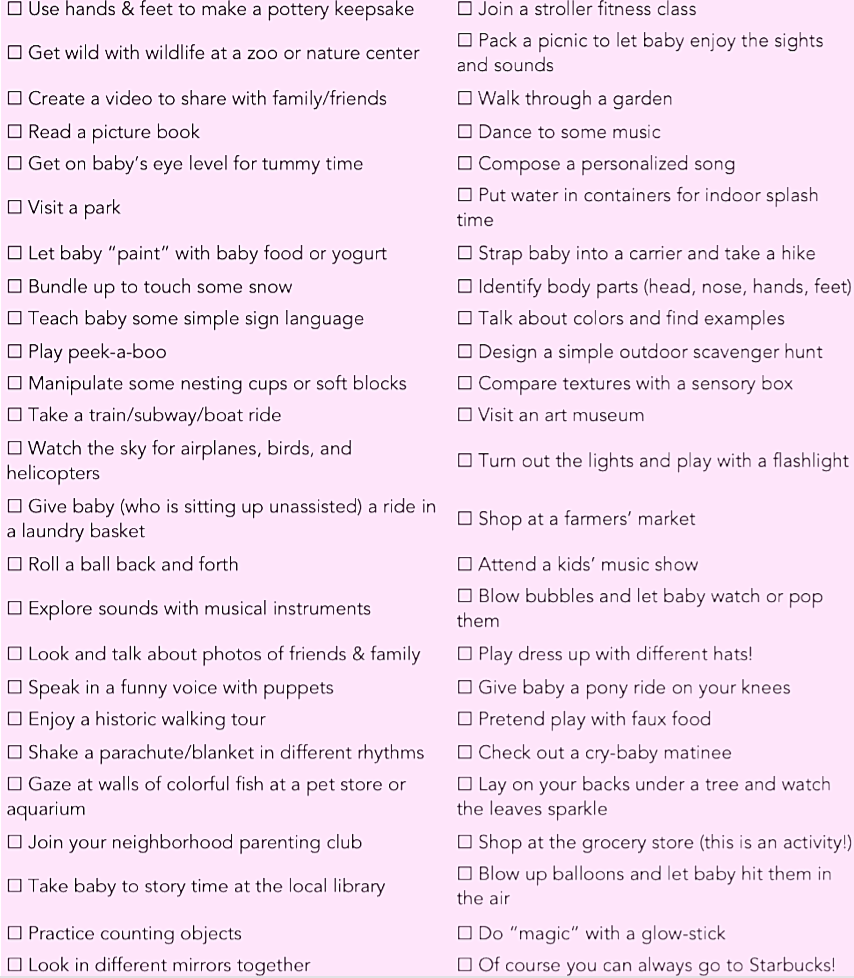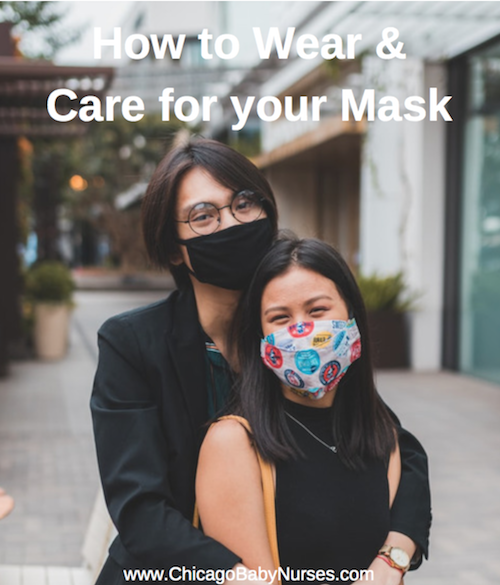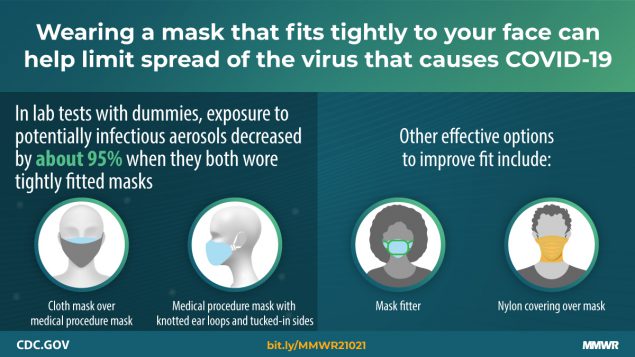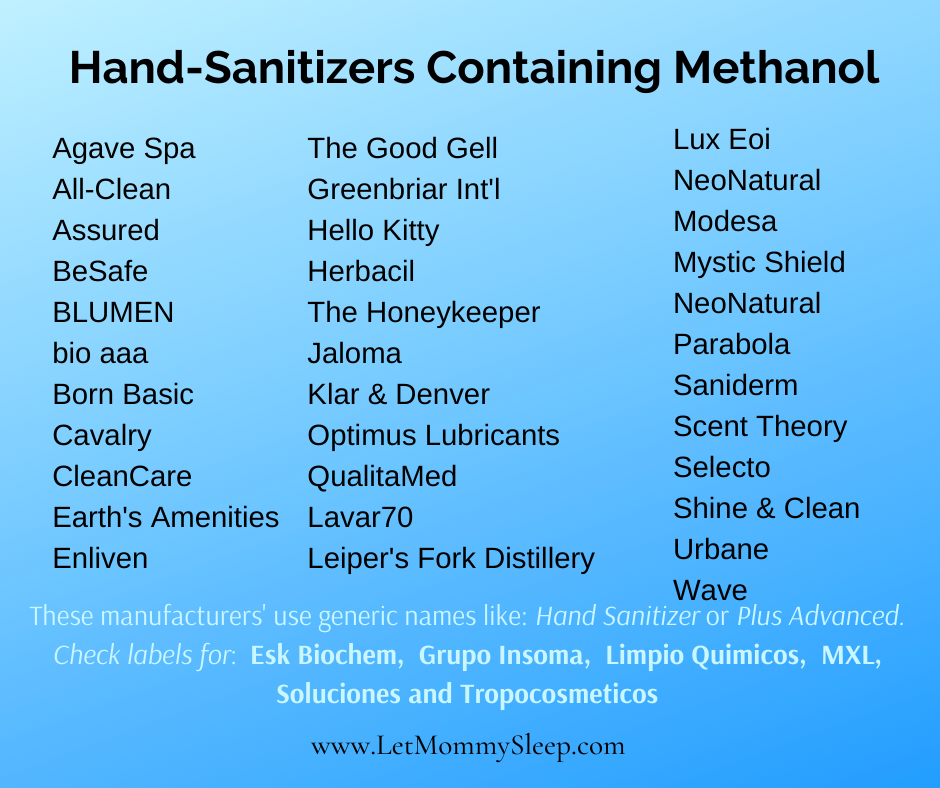You’ve baked all the bread, gone to all the drive-thru’s and watched Hulu, Netflix and Amazon. You even figured out Apple TV. So for DC, Virginia and Maryland families looking for a COVID-safe activity, we’re sharing a DC Monument Walk for Families. This is a kid-friendly tour of some of Washington DC’s amazing outdoor monuments and memorials. This walk takes about 2 hours and is 2 miles long, but your mileage may vary (literally!), depending on the time you take at each location or if you spend extra time in any of the wide open fields!
For your GPS, the easiest public parking is at: 455 Rock Creek Trail. There’s lots of spaces and you’ll be right next to the Potomac River, which is a fun start for the kids after being in the car.
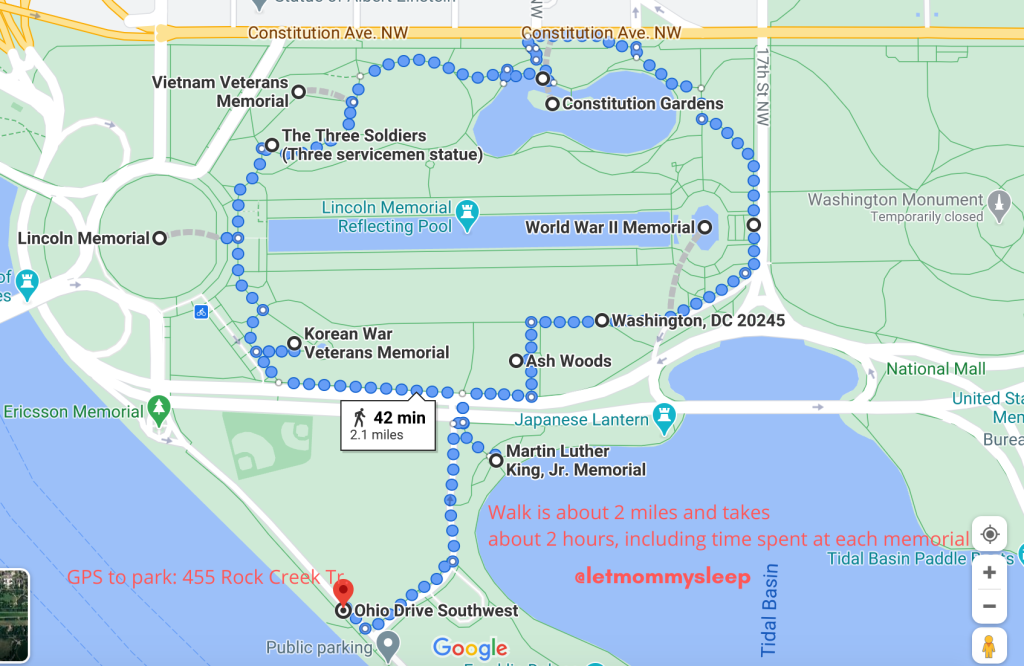
Here’s the family friendly route we took:
Dr. Martin Luther King Memorial – Most people naturally think of the Stone of Hope statue when they think of this Memorial, but the Dr. Martin Luther King Memorial actually encompasses another 4 acres.
Korean War Veterans Memorial – The 19 stainless steel statues representing the service members who fought in the Korean War are a memorable part of this memorial.
Lincoln Memorial and the Reflecting Pool – No tour of the monuments is complete without an up close view of the iconic tribute to President Lincoln and the Reflecting Pool.
Vietnam Veterans Memorial. The Three Soldiers are right before The Wall, as is the Vietnam Women’s Memorial. Both are smaller but worth seeing for sure. If you’d like a little side trip, visit the Albert Einstein Memorial at 2101 Constitution Ave. It’s in the opposite direction, but only a 2 minute walk from The Wall. It’s very easy to get back to the original route.
Constitution Gardens – This is one of the lesser known park areas but is very scenic and has a little island on the park area. The island is a Memorial to the 56 Signers of the Declaration of Independence. You can easily see it but it may be closed due to coronavirus safety restrictions.
World War II Memorial – Gentle reminder to little ones that this is an actual Memorial because it might be tempting to splash in the pools or run around.
Ash Woods, also known as the District of Columbia War Memorial to honor DC residents who served in World War I.
Back to the car for a picnic on the Potomac! Bonus that you’re bound to see lots of low flying helicopters and maybe a few planes taking off.
What about the Washington Monument…shouldn’t that be in the DC Monument Walk for Families?
You may notice we haven’t included the Washington Monument. Don’t worry, you’ll be able to run to it from the WWII Memorial and you’ll see it very easily for most of the walk. As for restrooms, if the public buildings are closed, there will be port-a-potties along the route. As of this writing, masks and social distancing are required. We hope this helps your lockdown to be a little easier. Any tips we should know?

